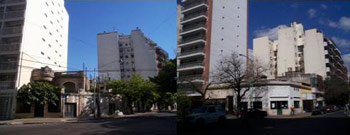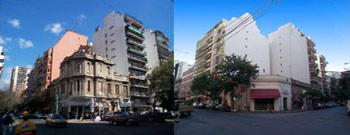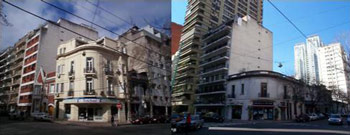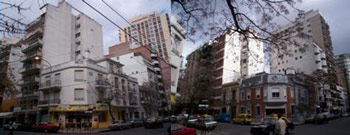Nowadays, the city is going through processes as much conflictive as important. It´s the cosmetic surgery will let it display certain elegant profiles, but its treatment does not contemplate very important problems. The city has already got a notice of city under construction. Since a few months ago it has been undergoing one of the deepest transformations it has ever experienced. Well, now considering the above mentioned references and in front of such a volume of works, so much large as late, the following questions are possible to be asked.
Aim at the experts
– Do urban people know what kind of city they want for themselves? And, taking this into account, have they been sufficiently consulted? Is there true agreement about such projects?
– Within this circle and regardless the part they play therein, which role do technicians, urban planners, professional and neighbouring associations perform?
– Is it possible that, with the works already set in motion, there are still no suggestions whatsoever about the need to set a master plan for the city?


An integral project
This disagreement between theory and practice sets up a legal vacuum that reaches its peak in the consolidation of a “parallel code”. As a normal abnormality, the urban legislation has not yet ruled an important set of new practices in the city. These are practices already incorporated into the urban life but are not contemplated by the present legislation in force.
Would it not be necessary to stop the ball rolling, in order to reach an open consensus as to what is the project of city that the inhabitants of the city want, a project in which they take part and contribute towards the different institutional aspects, and only then codify it?
That is to say: we should first define what and then go into how. Then, to reflect deeply on which should be the rules that will enable the putting into practice of an integral project of the city more quickly.


“Codes” vs. the code
In this way, we ought to consider the always criticized division into zones; but from a criterion which stems from the protection of the intrinsic qualities of each zone -from their stylistic character, from the services provided by the available infrastructures, from daily usages and customs-, and not from the convenience of successful real estate enterprises with no risks and impact evaluation.
The presence of “codes” which tend to be used as part of the Code is obviously the most genuine expression of complex urban sceneries in conflict. The ignorance of them aims at a deterioration of the city as cultural patrimony and, at the same time, as a daily-life support system.
© Guillermo Tella

